Psychedelic assisted psychotherapy
Dr.Dropin Psychology offers medication-assisted psychotherapy in Oslo, led by a licensed psychologist and medical doctor.
The treatment is designed for individuals with depression that has not responded to other therapies, and may also be suitable for anxiety or trauma – following individual assessment. It combines traditional psychotherapy with a low-dose medication that can enhance neuroplasticity, shift states of consciousness, and open new possibilities for therapeutic processing.
- Safe follow-up by psychologist and doctor
- No referral required
- Short waiting time
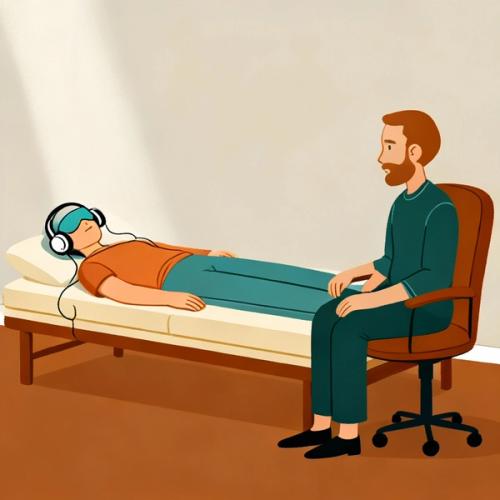
Hva er psychedelic assisted psychotherapy?
In psychedelic assisted psychotherapy, talk therapy is combined with a medication that temporarily alters brain activity and promotes new neural connections. This can make it easier to break out of rigid thought and emotional patterns, allowing for deeper therapeutic change.
Many people experience a rapid relief of depressive symptoms.
Through psychotherapy, these experiences are explored and integrated to support lasting improvement and greater wellbeing.

Who can receive treatment?
The treatment may be considered for individuals who:
- Are over 18 years old
- Have tried at least two different medications combined with therapy without significant improvement
- Have a stable life situation and are able to complete the full treatment process
- Are assessed by a psychologist to benefit from psychotherapy
- Do not have medical or psychiatric contraindications (such as untreated PTSD, psychosis, or ongoing substance misuse)
Each case is carefully evaluated through a comprehensive psychiatric and medical assessment. Undergoing the assessment does not automatically mean that one qualifies for treatment.

Treatment course
Step 1: Screening
Before starting treatment, a thorough psychiatric and medical evaluation is carried out, including the collection of medical information and previous treatment history.
Prior to the initial consultation, you will receive an assessment form that helps determine whether medication-assisted psychotherapy is suitable for you, or if another form of therapy may be more beneficial.
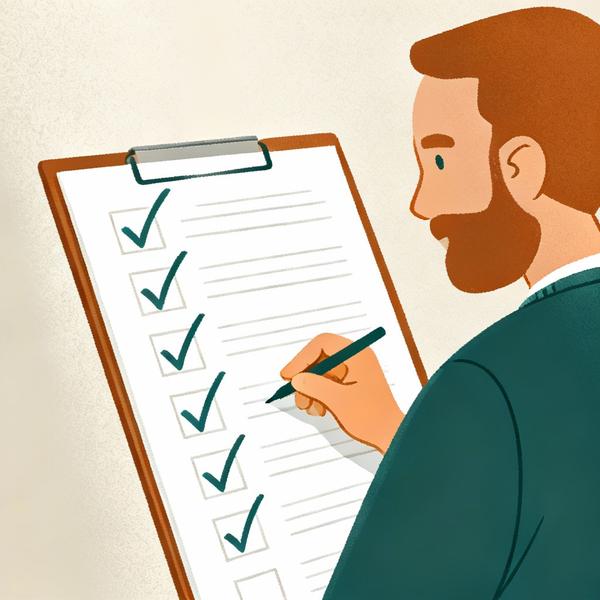
Step 2: Preparatory assesment
Step 2 includes two sessions with a psychologist: one for clarifying expectations and developing a treatment plan, and one therapy session focused on the change process — both during and after treatment.
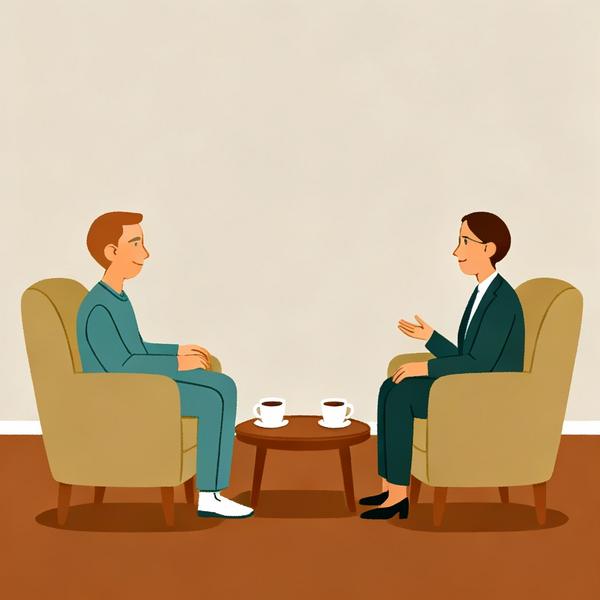
Step 3: Psychedelic assisted psychotherapy
Part 1
A combination of medication-assisted treatment and integrative talk therapy across three sessions.
This phase is also used to adjust dosage to ensure the best possible effect in Part 2.
Each session is followed by a therapy session with a psychologist — held the next day or within a few days — to process and integrate the experiences from treatment.
Part 2
A combination of medication-assisted treatment and integrative psychotherapy across three additional sessions.
During this phase, treatment response is evaluated and adjusted as needed, with the goal of lasting symptom reduction and improved emotional wellbeing.
Follow-up therapy sessions with the psychologist are also included after each treatment.
Book appointment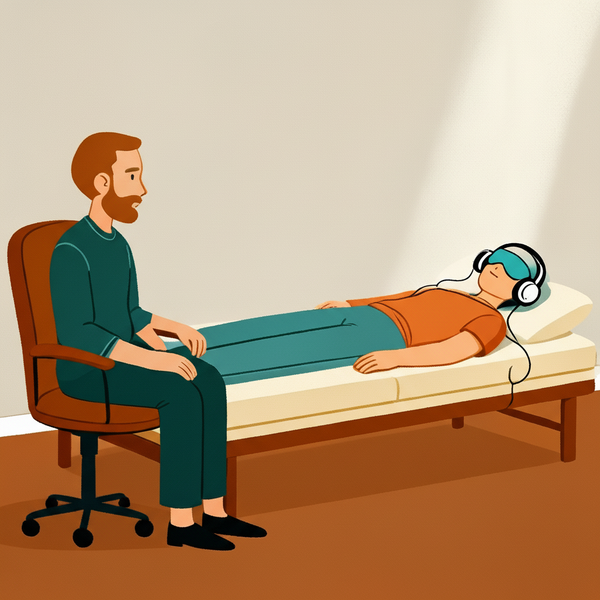
After completing treatment
After the treatment phase, a follow-up session with a psychologist is held to evaluate progress, reflect on experiences, and discuss next steps.
Optional long-term follow-up is also available in the form of a group session three months after completing treatment — offering continued integration, reflection, and support.
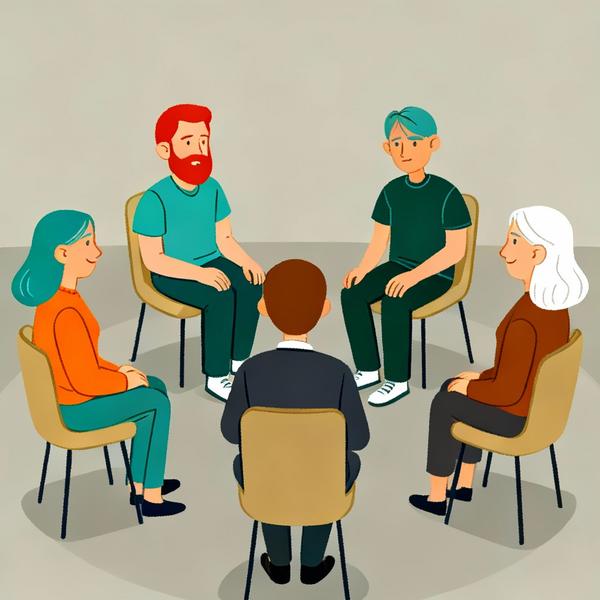
Duration and expectations
A complete treatment process usually lasts between 3 and 8 weeks, depending on individual needs.
A standard program typically includes six medication-assisted sessions with integrated psychotherapy, as well as a follow-up therapy session after each — an approach supported by research as the most effective over time.
The experience during treatment varies from person to person.
Many describe a sense of flow, expanded perspective, and greater insight into personal patterns.
Some may also encounter strong emotional experiences, which — with the support of a psychologist — can become a meaningful and transformative part of the therapeutic process.
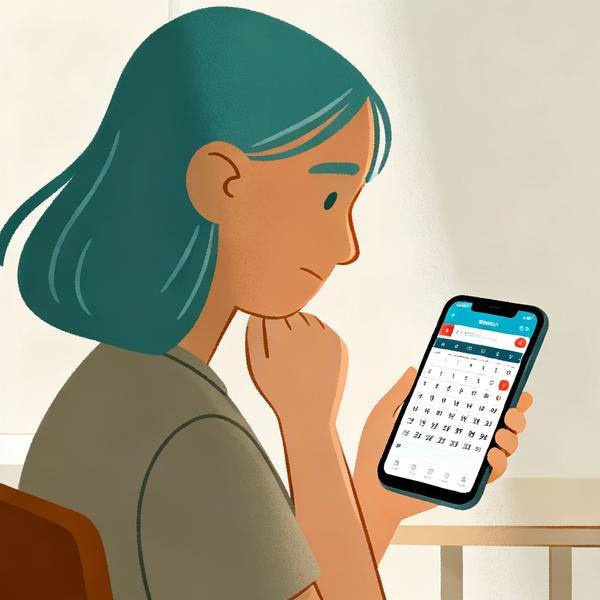
Pricing and framework
Our treatment model is built on safety, quality, and ethical responsibility.
The price reflects close follow-up by both a psychologist and a doctor throughout the process, as well as a comprehensive focus on professional excellence.
A typical treatment course includes:
- Initial consultation with psychologist (90 min): NOK 2,795
- Medical assessment by doctor: NOK 2,495
- Expectation-setting session with psychologist (45 min): NOK 1,895
- Therapy session for personal change with psychologist (45 min): NOK 1,895
Treatment phase:
- Ketamine-assisted psychotherapy with doctor and psychologist (90 min)
- Follow-up therapy session with psychologist (45 min)
Total of 6 treatments at NOK 5,995 each – NOK 35,970 in total - Follow-up session with psychologist (45 min): NOK 1,895
Total price: NOK 46,945
How does the treatment work?
Before treatment
Before the first session, a medical evaluation is carried out by a doctor or nurse, including measurements of blood pressure, pulse, and oxygen saturation. Your medical history and any potential drug interactions are also reviewed to ensure the treatment is safe for you.
During treatment
The medication is administered as an intramuscular injection (a standard shot in the gluteal muscle). Afterward, you rest comfortably on a daybed with an eye mask and music, while both the psychologist and a doctor or nurse remain present throughout the session to provide safety and support. The effects typically begin within 3–5 minutes and last for about 30–45 minutes. Your psychologist guides you through the experience and helps you process and integrate what arises.
After treatment
After 60–75 minutes, most people return to a normal state of consciousness.An integration conversation with the psychologist then follows to reflect on and make sense of the experience. Some may need a bit more time, and medical staff are always available both during and after the session.
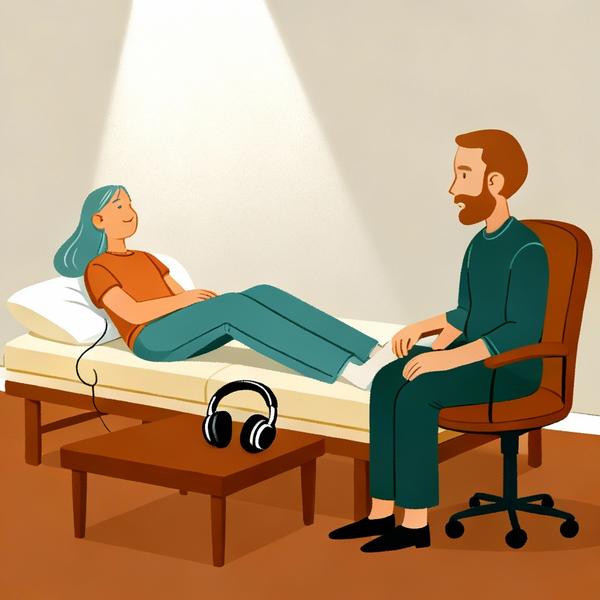
What is psychedelic assisted psychotherapy?
In medication-assisted psychotherapy, the anesthetic ketamine is used off-label to treat treatment-resistant depression and, in some cases, other co-occurring mental health conditions. Ketamine is not a classical psychedelic, but in low doses it may produce experiences similar to psychedelic states — involving altered consciousness, a sense of ego dissolution, and increased neuroplasticity.
These effects can help create space for new perspectives, emotional processing, and therapeutic change when supported by trained professionals in a safe environment.
What is psychedelic assisted psychotherapy?
In medication-assisted psychotherapy, the anesthetic ketamine is used off-label to treat treatment-resistant depression and, in some cases, other co-occurring mental health conditions. Ketamine is not a classical psychedelic, but in low doses it may produce experiences similar to psychedelic states — involving altered consciousness, a sense of ego dissolution, and increased neuroplasticity.
These effects can help create space for new perspectives, emotional processing, and therapeutic change when supported by trained professionals in a safe environment.
How does psychedelic assisted psychotherapy work?
In short, ketamine can help the brain form new connections where it has previously been locked into unhelpful thought and behavior patterns.
Many people experience rapid relief from depressive symptoms. When this renewed energy and openness are combined with psychotherapy, the focus shifts toward understanding the underlying mechanisms of depression and developing strategies that reduce the risk of relapse.
How does psychedelic assisted psychotherapy work?
In short, ketamine can help the brain form new connections where it has previously been locked into unhelpful thought and behavior patterns.
Many people experience rapid relief from depressive symptoms. When this renewed energy and openness are combined with psychotherapy, the focus shifts toward understanding the underlying mechanisms of depression and developing strategies that reduce the risk of relapse.
How does the treatment work?
Before treatment
Before treatment, a nurse or doctor will measure your blood pressure, pulse, and oxygen saturation. A brief review of your medical history is also performed, in addition to the comprehensive medical assessment completed earlier in the process.
During treatment
Ketamine is administered as an intramuscular injection in the upper arm – similar to a vaccine. After the injection, you will rest comfortably on a daybed with an eye mask and headphones, while a specially curated playlist is played. A psychologist will be present throughout the entire session, together with a doctor or nurse. The psychologist remains available at all times, and medical staff will monitor you closely and be ready to assist if needed.
Ketamine usually begins to take effect within 3–5 minutes after the injection. The psychoactive phase peaks after about 10–15 minutes and lasts for approximately 30–45 minutes. Throughout this time, the psychologist supports you, ensures safety, and documents observations in your clinical journal.
After treatment
Most people feel noticeably better and return to a normal state of consciousness within 60–75 minutes. The psychologist will then help you reflect on the experience and begin the integration conversation. Some may need up to 90 minutes before they are ready to leave the treatment room — for this reason, each session is scheduled for 90 minutes. A nurse is also available should you feel unwell afterward.
How does the treatment work?
Before treatment
Before treatment, a nurse or doctor will measure your blood pressure, pulse, and oxygen saturation. A brief review of your medical history is also performed, in addition to the comprehensive medical assessment completed earlier in the process.
During treatment
Ketamine is administered as an intramuscular injection in the upper arm – similar to a vaccine. After the injection, you will rest comfortably on a daybed with an eye mask and headphones, while a specially curated playlist is played. A psychologist will be present throughout the entire session, together with a doctor or nurse. The psychologist remains available at all times, and medical staff will monitor you closely and be ready to assist if needed.
Ketamine usually begins to take effect within 3–5 minutes after the injection. The psychoactive phase peaks after about 10–15 minutes and lasts for approximately 30–45 minutes. Throughout this time, the psychologist supports you, ensures safety, and documents observations in your clinical journal.
After treatment
Most people feel noticeably better and return to a normal state of consciousness within 60–75 minutes. The psychologist will then help you reflect on the experience and begin the integration conversation. Some may need up to 90 minutes before they are ready to leave the treatment room — for this reason, each session is scheduled for 90 minutes. A nurse is also available should you feel unwell afterward.
Whats required?
Ketamine-assisted therapy often requires partial sick leave, as the process can be time-consuming and emotionally intense. A stable life situation is also important during the treatment period. We recommend that you have someone you trust accompany you to and from your appointment. If this is not possible, we can assist in arranging a taxi for you.
Whats required?
Ketamine-assisted therapy often requires partial sick leave, as the process can be time-consuming and emotionally intense. A stable life situation is also important during the treatment period. We recommend that you have someone you trust accompany you to and from your appointment. If this is not possible, we can assist in arranging a taxi for you.
How is the treatment experienced?
Psychedelic therapy can feel very different from person to person.
A common experience is a sense of flow, where one temporarily gains a new perspective on life and where the connection to time and space becomes more abstract. This can lead to breakthroughs in rigid interpretations and is often described as one of the most meaningful experiences a person has had.
The themes that arise can be abstract. Many describe gaining an overview of their life, viewing past traumatic experiences from a safe distance, or feeling a deep sense of connection with the world around them. Some also find that emotions are expressed through images or symbols.
Your psychologist will help you frame and understand the experience, as it can initially feel confusing or overwhelming.
In our experience, the themes that emerge often reflect deeper emotional patterns linked to depression and personal growth.
How is the treatment experienced?
Psychedelic therapy can feel very different from person to person.
A common experience is a sense of flow, where one temporarily gains a new perspective on life and where the connection to time and space becomes more abstract. This can lead to breakthroughs in rigid interpretations and is often described as one of the most meaningful experiences a person has had.
The themes that arise can be abstract. Many describe gaining an overview of their life, viewing past traumatic experiences from a safe distance, or feeling a deep sense of connection with the world around them. Some also find that emotions are expressed through images or symbols.
Your psychologist will help you frame and understand the experience, as it can initially feel confusing or overwhelming.
In our experience, the themes that emerge often reflect deeper emotional patterns linked to depression and personal growth.
Whats the time frame of the treatment?
The treatment process typically lasts between three weeks and two months, depending on the need for follow-up.
Medication-assisted psychotherapy includes a minimum of six medication-supported sessions combined with psychotherapy over a period of at least two weeks. Research shows that this structure is essential for achieving lasting effects and reducing the risk of relapse.
Whats the time frame of the treatment?
The treatment process typically lasts between three weeks and two months, depending on the need for follow-up.
Medication-assisted psychotherapy includes a minimum of six medication-supported sessions combined with psychotherapy over a period of at least two weeks. Research shows that this structure is essential for achieving lasting effects and reducing the risk of relapse.
How quickly do you feel the effect?
Some patients notice improvement after the first or second treatment, while for others it takes more time. What matters most is the overall process — allowing the combination of treatment and psychotherapy to work together over time to create lasting change.
How quickly do you feel the effect?
Some patients notice improvement after the first or second treatment, while for others it takes more time. What matters most is the overall process — allowing the combination of treatment and psychotherapy to work together over time to create lasting change.
Do I have to conduct an assessment and preparatory interviews with Dr.Dropin?
To be approved for ketamine-assisted therapy at Dr.Dropin, you must first complete steps 1 and 2 of the treatment process.This ensures that the treatment is medically safe and that you are likely to benefit therapeutically from continuing the program. All treatment is carried out under close supervision by both a doctor and a psychologist, within a safe framework and with the highest professional standards.
Do I have to conduct an assessment and preparatory interviews with Dr.Dropin?
To be approved for ketamine-assisted therapy at Dr.Dropin, you must first complete steps 1 and 2 of the treatment process.This ensures that the treatment is medically safe and that you are likely to benefit therapeutically from continuing the program. All treatment is carried out under close supervision by both a doctor and a psychologist, within a safe framework and with the highest professional standards.
Is it legal and safe?
To be approved for ketamine-assisted therapy at Dr.Dropin, you must first complete steps 1 and 2 of the treatment process.
This ensures that the treatment is medically sound and that you are likely to benefit therapeutically from continuing the program.
All treatments are conducted in accordance with current regulations, and ketamine is used off-label by a medical doctor following thorough evaluation. Each session takes place under medical supervision, with close collaboration between the doctor, psychologist, and nurse to ensure safety and high professional quality throughout the process.
Is it legal and safe?
To be approved for ketamine-assisted therapy at Dr.Dropin, you must first complete steps 1 and 2 of the treatment process.
This ensures that the treatment is medically sound and that you are likely to benefit therapeutically from continuing the program.
All treatments are conducted in accordance with current regulations, and ketamine is used off-label by a medical doctor following thorough evaluation. Each session takes place under medical supervision, with close collaboration between the doctor, psychologist, and nurse to ensure safety and high professional quality throughout the process.